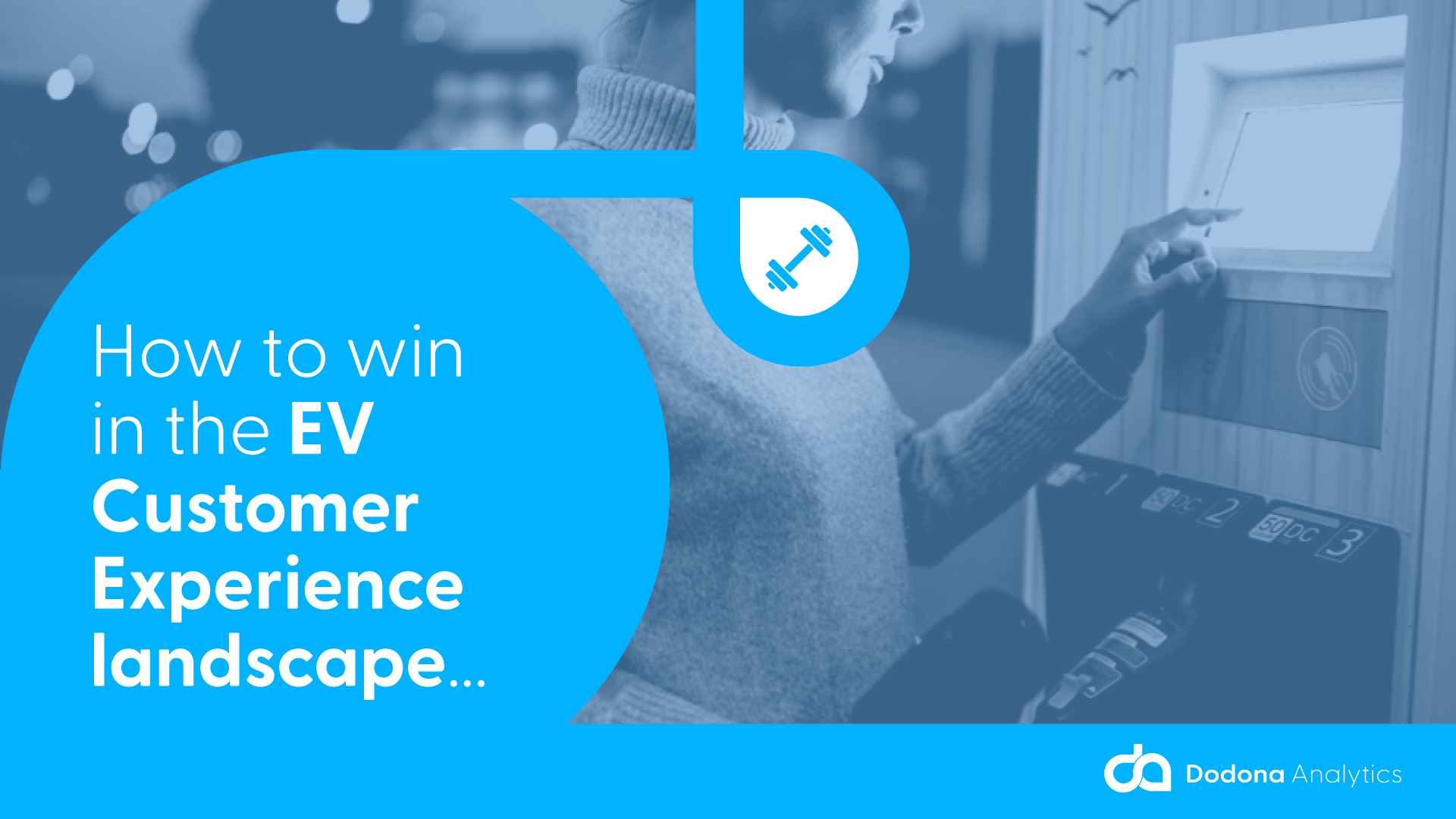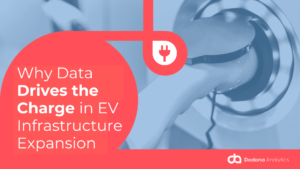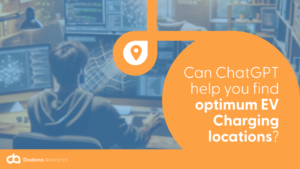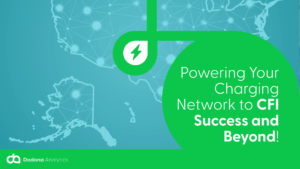If companies provided their customers the EV Charging Customer Experience in more mature industries like Banking or eCommerce they would go out of business!
In a world where customers are becoming more and more demanding, expecting their products and services to be provided quicker, easier and of higher quality, an outstanding CX has become a necessity for businesses as well as a crucial point of differentiation. In general, a better customer experience leads to increased customer satisfaction, which increases loyalty, trust, repeat business and ultimately results in higher revenues.
Here are a some statistics before we move on, that Charge Point Operators should ignore at the their peril:
- 86% of buyers are willing to pay more for a great customer experience. Interestingly, the more expensive the item, the more they are willing to pay for improved customer service. This also makes a huge difference when it comes to on-the-spot purchasing – 49% of buyers have made impulse purchases after receiving a more personalised experience.
- 72% of customers will share a positive experience with six or more people. On the flipside, if a customer is not happy, 13% of them will share their experience with 15 or more people. Therefore, you want to make sure that a customer is leaving, whether physical or digital, with a smile on their face.
- Customer-centric companies are 60% more profitatble than companies that aren’t → great attention to the customer’s needs can get you a long way, both in acquiring and retaining new users.
- 73% of customers say a good experience is an important factor behind their purchasing decisions → in fact, 43% of consumers would pay more for greater convenience and 42% would pay more for a friendly and welcoming experience.
The EV charging industry is no exception, customers who use public charging have perceptions about their experience with the charging infrastructure as a whole, specific network providers and down to specific charge points themselves. While this has an impact on business results, in the EV space, there is far more at stake.
What does CX in EV charging include and why is it important
The experience starts before the vehicle is plugged in and ends after the end of a charging session. Here are some elements of CX in public EV charging:
Before charging session:
- Searching for stations: Availability, location, real-time wait times or booking options
- Trip planning: Integrating charging stops into route planning
- Payment options: Ease of setting up and using payment methods
- Station information: Clear information about station features such as connector types and power levels
During charging session:
- Station reliability: Ensuring chargers are functional and operational
- Charging speed: Meeting expectations and offering options for different needs
- User interface: Intuitive interface for starting, stopping, and monitoring sessions
- Amenities: Comfortable environment around charging stations with amenities like seating areas, restrooms, and nearby facilities, Wi-Fi or mobile network access for entertainment or work
- Safety and accessibility: Adequate lighting and security measures around charging stations to ensure user safety, infrastructure that is inclusive and easy to use for all
After charging session:
- Payment receipt: Clear and easy access to charging costs and receipts
- Customer support: Accessible channels for addressing issues or providing feedback
- Station feedback: Ability to provide feedback on the charging experience for other users
These elements of CX have a strong impact on which public charge point customers will use. A recent survey from McKinsey illustrates the most important ones:
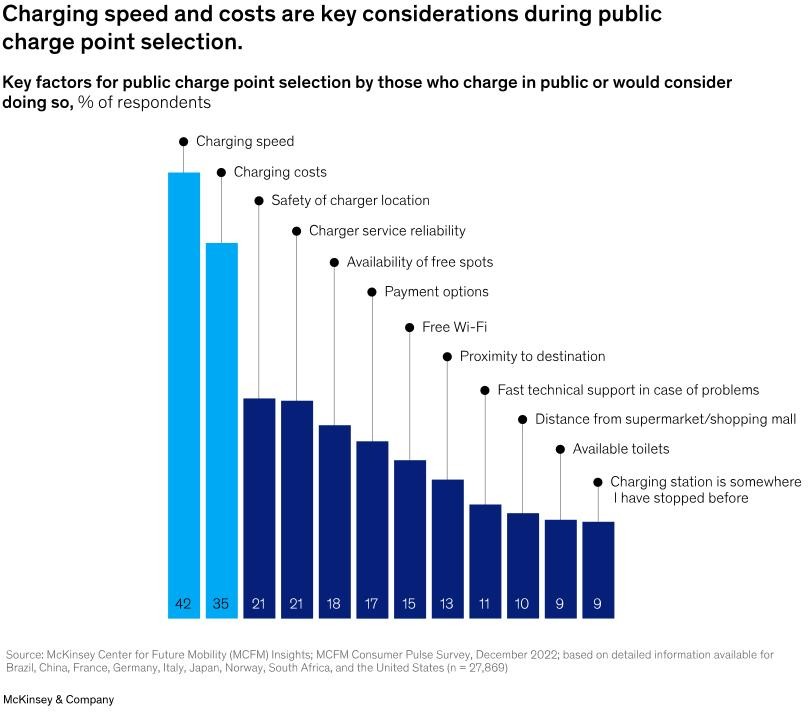
This clearly shows which factors will make businesses stand out against competitors, providing them with a larger and more loyal customer base, and generating higher revenue. But in the world of sustainability, this has a much larger impact, as the perceptions of customers about the public charging experience as a whole have an impact on EV adoption, the ultimate goal of which is to address the pressing issue of climate change.
Real life problems
At the end of the day, customers expect the EV charging experience to be as easy as charging an ICE vehicle. Recent BBC Radio 4 episodes of the You and Yours programme have mentioned EV charging and highlighted some real-life issues that are part of the public EV charging experience. Stories include:
- Payment inconvenience: Some charge points allow you to conveniently tap a card and pay for your charge, however, the experience can be far more complex with a driver explaining how frustrating it is to stop at a charging station in the middle of a trip, have to download an app, register to it and put in your details.
- Inclusivity challenge: A 77-year-old EV driver has explained how the idea of charging at a motorway service station for the first time terrifies her. Would she go to the right place, know how to pay, how to plug it in? Clear instructions with visuals, customer support and user-centric design in general can go a long way in providing inclusivity for all generations.
- Amenities as a way to shift perspectives: Judging by a user’s response to the question about whether it is inconvenient to stop multiple times during a journey, especially during winter time when stops are more frequent, amenities are essential in shifting the perspective of bored EV drivers sitting in their cars waiting for them to charge. If the perspective shifts towards it being a welcome break, getting something to eat or having a coffee, the stops are no longer considered an inconvenience.
- Range anxiety persists: Although the public charging network is growing, some drivers still don’t feel confident that they will get to charge up somewhere when they’re in the car and getting low on power. This can be the reason for opting for alternative means of transportation for longer journeys despite owning an EV.
The sources of the stories: https://www.bbc.co.uk/sounds/play/m001w15w
https://www.bbc.co.uk/sounds/play/m001vs91
Addressing the challenge
Although on the customer end the experience starts only when charge points are up and ready to be used, for CPOs addressing the challenge has to start long before that. More specifically, the foundation is built in the planning phase and the efforts continue. Here is how you can address CX in all stages:
Planning Stage:
Put the right chargers in the right spots:
Conduct comprehensive research to identify high-demand areas for EV charging infrastructure, including analyzing EV ownership trends, traffic patterns, and demographic data.
Plan for safety and accessibility:
Assess the accessibility needs of diverse user groups, including disabled individuals, and ensure that charging stations are in areas where all customers will feel safe to use them.
Plan for diverse charging speeds:
Consider installing a mix of fast chargers and slower options to cater to different needs and time constraints or make sure the charging speed fits into the use case.
Consider amenities:
Pick sites based on the comfort of the environment and availability of nearby facilities.
Design network for scalability:
Design scalable charging infrastructure that can accommodate future growth in EV adoption meeting the increasing demand and satisfying customer needs.
Deployment Stage:
Focus on being user-centric:
Design charging stations with a user-centric approach, focusing on ease of use, intuitive interfaces, and clear signage. Integrate user-friendly apps and payment platforms.
Integrate with Smart Grid Technologies:
Integrate charging infrastructure with smart grid technologies to optimize energy use, manage peak demand, and reduce operational costs.
- User Stage:
- Provide customer support and gather feedback: Provide robust customer support channels such as helplines or chat support to address user inquiries and concerns. Gather additional feedback through social media, newsletters, and events.
- Analyze data and optimize processes: Monitor charging station performance and analyze usage patterns to optimize charging station placement, pricing strategies, and maintenance schedules.
Improve continuously:
Use information from customer feedback and data analysis to identify opportunities for innovation and refinement and proactively address consumer needs.
While all stages are important, making errors in the planning stage can produce issues in satisfying customer needs in later stages. Luckily, Dodona has mastered this stage and can help you effortlessly address the complex challenge of creating a superior customer experience from the very beginning. Our platform helps you analyze relevant data to find high-demand areas and put the right chargers in the right spots, find existing amenities with the potential to host a site and locations that are safe and accessible for everyone in accordance with Dodona’s partner ChargeSafe, the UK’s leading award winning chargepoint accessibility and safety consultancy. On top of that the planning process will remain fluent whether you are deploying 10s or 1000s of charge points, providing the scalability you need to stay competitive and address customer needs in years to come.
We will be at the at the EV Charging Summit & Expo in Las Vegas March 20-22 and at the Everything Electric in London March 28-29 would be happy to meet there if these topics are of interest to you!

